
How and when to prune
5 Minute Read
Our expert guide on when to prune to encourage new growth and how to tame plants throughout the gardening year.How to prune your plants
Pruning is an essential part of gardening, there are different ways of getting this essential job done. Hard pruning is good for controlling the overall size and shape of a plant, and lighter pruning helps to subtly take control while allowing the plant to act as naturally as it wants.We're going to take you through all of the steps for pruning your plants so you can take charge and get on top of your gardening jobs.
Toolbox essentials
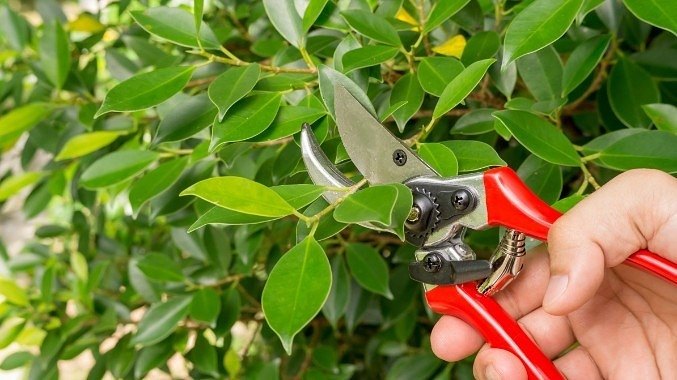
How and When to Prune
Identify using the guide below and as a general rule when buds are visible. A good rule of thumb is to make an angled cut around 3mm above the bud to avoid causing any damage to or leaving too much of the stem.For plants that have visible, alternating buds on the stems, make a cut at an angle in the direction of growth. It's always worth removing any weak, dead or spindly growth before taking on the rest of the pruning, this will allow you to work out what general shape you can work towards and where to make the next cut.
For trees or shrubs with large, thick branches, leave 1cm-2cm where it joins with the main stem, so the wound has ample space to heal.
Important tip: Not all trees and shrubs require pruning in either winter or spring, only those that flower from new growth should be pruned during these seasons, and plants that flower from old growth should be pruned in late spring or summer or when the flowers begin to die back.
For plants such as buddleia or fuchsia are identifiable by shoots that have spent flowers on them. The best option for these types of plants is to completely remove and cut back using a saw to encourage new growth, you could remove a stem right down to the ground to encourage new growth from the bottom which will help to renew the overall plant structure with time. Take a look at the overall structure and work out where any weak or dead stems or wood may be and remove this first. It's worth working out how you want the overall shape and height before you start pruning.
When to prune: early to mid-spring, but make sure to avoid pruning if there is frost to minimise the risk of damage.
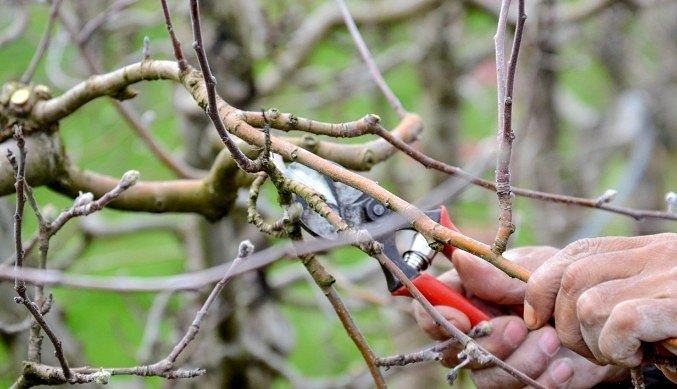
For plants such as rambling and species shrub roses which are identifiable by the presence of flowered and non-flowered shoots. Your goal is to remove the flowered wood and leave the non-flowered shoots which will be the next to flower - pruning like this will encourage the plant to put its energy into the flowers next to bloom and not any spent foliage. Make a cut just above the new leaf growth and remove the spent flowers.
When to prune: Early spring and deadhead as flowers die back.
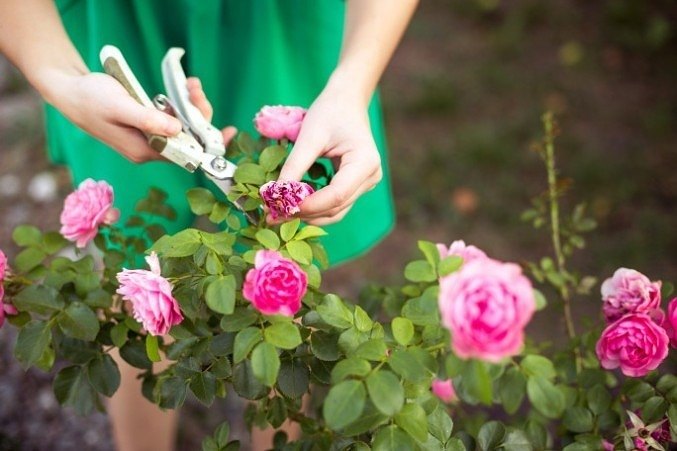
For plants such as willow and eucalyptus, you will notice that when pruning against a single stem that a swollen nodule will appear, this is due to repeated cuts to the same stems, you could try pruning at different levels to create a different depth of height and an appealing shape. As with most pruning, remove any weak, dead or diseased stems first to open up the branches so you can get a real idea of what you're working with.
When to prune: Late Winter to early spring.
For herbaceous plants, trim down to the ground and leave an area of leaves, this will encourage the plant to focus on growing and not putting its energy into producing seeds.
When to prune: between autumn and spring.
For plants like wisteria - usually pruned twice a year. Once in the summer to help control growth and to encourage flowers and once in winter to improve the overall appearance and shape.
For winter flowering shrubs, cut back after flowering has occurred to control the overall shape and look of the stems.
When to prune:summer and winter according to the advice above.
For plants like lavender, it will depend on the variety you are growing and which approach to take, some varieties are less hardy than others.
Generally, English lavender is pruned twice a year, once in spring when you see new leaf growth and again in the summer to deadhead/shape them. Summer pruning is optional, however.
When pruning in spring, wait until you see new growth and ensure to cut above and as close as you can to the new leaf buds, being careful not to damage any new growth. Do not cut into the woody area below any new growth.
Prune again in summer after your lavender has finished flowering by simply deadheading or by cutting 1/2 of the new growth down but as mentioned above, do not cut into the woody area below any new growth.
Non-English varieties aren't as hardy, so these will need a gentler approach to pruning.
When to prune: Early spring and late summer.
For winter flowering shrubs, cut back after flowering has occurred to control the overall shape and look of the stems.
When to prune:summer and winter according to the advice above.
For plants like lavender, it will depend on the variety you are growing and which approach to take, some varieties are less hardy than others.
Generally, English lavender is pruned twice a year, once in spring when you see new leaf growth and again in the summer to deadhead/shape them. Summer pruning is optional, however.
When pruning in spring, wait until you see new growth and ensure to cut above and as close as you can to the new leaf buds, being careful not to damage any new growth. Do not cut into the woody area below any new growth.
Prune again in summer after your lavender has finished flowering by simply deadheading or by cutting 1/2 of the new growth down but as mentioned above, do not cut into the woody area below any new growth.
Non-English varieties aren't as hardy, so these will need a gentler approach to pruning.
When to prune: Early spring and late summer.
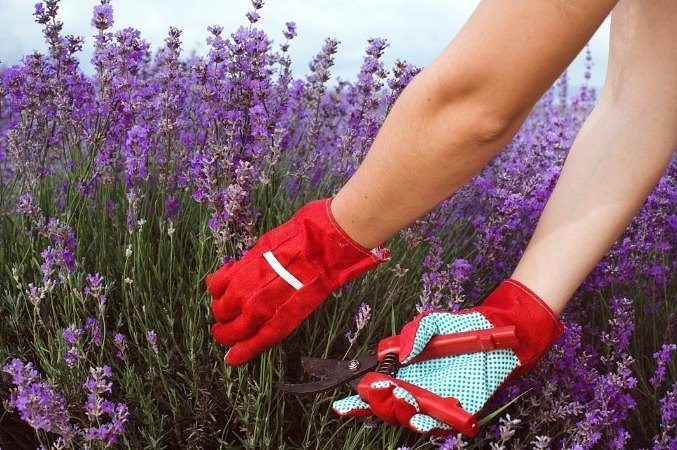
Top Tips for Pruning
- Work out where you are going to cut back before you make a start, once you make the cut you cannot stick the branch back on, it's better to be prepared before rushing in to cut back.
- Use the correct tools for the job, make sure your shears and secateurs are sharp to avoid damage to stems from blunt tools. Clean tools after pruning to remove sap and keep well oiled to ensure the most precise cut each time.
- Cut at the correct distances, always make a cut just above buds but not too much that could cause the stem to rot.
- Cut at an angle, this will stop the remaining stem keep from becoming saturated and protects the bud from water damage. A good rule of thumb to use is a 45° angle away from the bud when cutting.
- Plan ahead for outward-facing buds, prune just above the bud you want to encourage growth to, this will impact the height and the growth of the new stem.
- Prune hard on weak or dead stems, for weak shots at the base of the plant, trim all the way back to encourage stronger growth.
- Remove central shoots in the middle of fruit bushes to encourage better air circulation and to get more sunlight directed to the centre of the plant.
- Remove any branches which cross over others, you can thin out any excess growth using secateurs.
Tools for Pruning
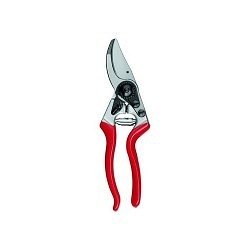
Secateurs
Also known as pruning shears, shears or snips - strong and durable hand cutting scissors for plants which are capable of trimming back plant stems as well as thicker tree and shrub branches.SHOP SECATEURS
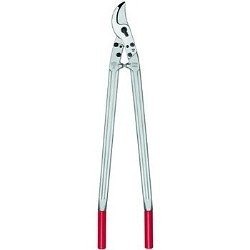
Loppers
Used for pruning branches and twigs, these hand tools give good leverage for cutting back higher foliage. Loppers are great for use when the branches are slightly too thick for secateurs.SHOP LOPPERS
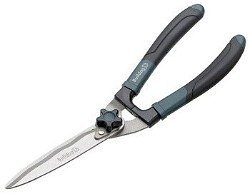
Shears
Available as long or short-handed, these shears are good for pruning taller branches as well as for trimming and shaping hedges or bushes.SHOP SHEARS
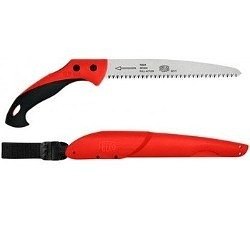
Hand Saws
The coarse and serrated edge of this saw is perfect for trimming fresh or softwood while a fine blade works best for hardwood cutting. A folding saw serves the same purpose as a hand saw but has a handle which can be folded into the handle.SHOP HAND SAWS

Tools
Our Tool Shed is packed full of everything you need to get stuck into your garden from hand tools, plant labels, watering cans, hoses, sprinklers and buckets.SHOP TOOLS
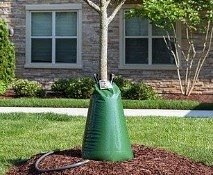
Tree Care Essentials
Strapping, stakes, guards, ties, irrigation and much more awaits. Give your trees the best start in life with our essential tree care products, hand-selected by our team of specialists.SHOP TREE CARE
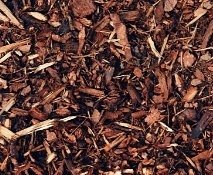
Mulch
Mulch is used to help regulate soil temperature, retain moisture and suppress weeds. If using organic bark or straw mulch, it also works as a soil improver by slowly decomposing and releasing nutrients into the soil.SHOP MULCH
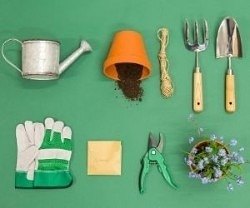
Monthly Gardening Jobs
When is it the best time to prune your roses or sow your vegetable seeds?Take a look at our 12-month calendar and find out which jobs need special attention when you are next in the garden.
READ MORE
Comments (0)
Why not be the first to send us your thoughts?
Leave A Comment
Most popular articles
1
Plastic plant pots dimensions and uses2
Peat vs Peat Free - Choosing the right Potting Compost3
How to Grow Watercress at home in plant pots4
January Jobs5
March Jobs